How to Eat Your Way Through Ho Chi Minh (Saigon) Like a Local
The best food in Saigon, Vietnam
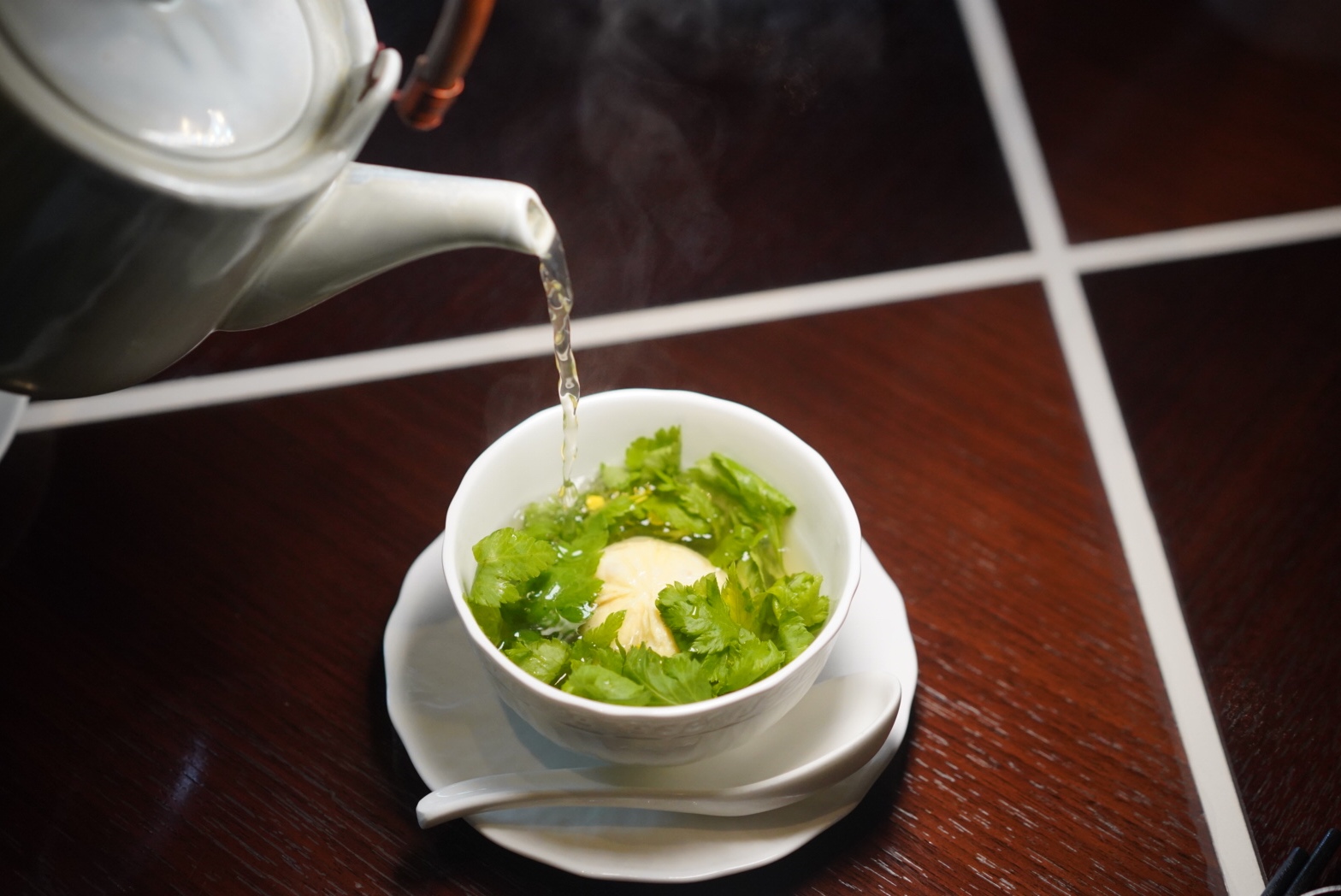
August 2, 2025
Updated August 3, 2025
Contemporary Chinese cuisine is all about honoring local products over imported ones and coupling Chinese heritage dishes with international influence. In Hangzhou, this culinary movement exemplifies the crux of the cosmopolitan metropolis’ dining scene: it's traditional cuisine gone global.
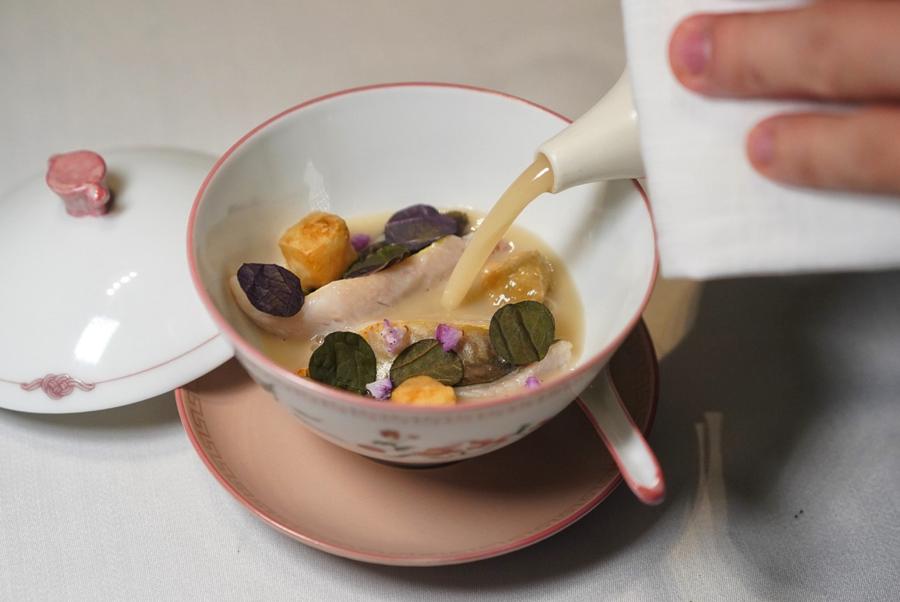
Wild Yeast
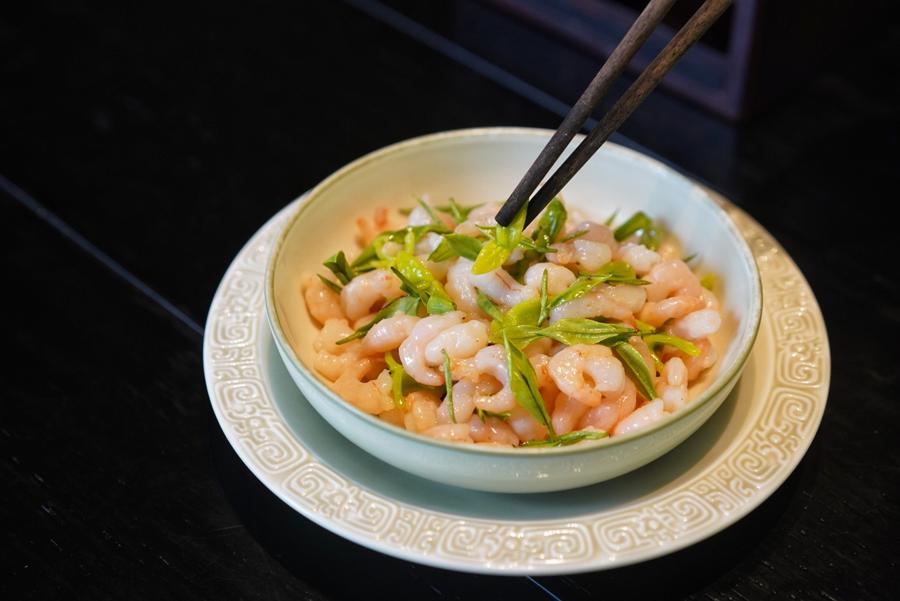
Ru Yuan
It isn’t fusion, that disdainfully scorned ‘f-word’ that chefs flee from of late – a word whispered in disgust, brought on by its overuse. It’s the opposite – it’s about showcasing how distinctive authentic Chinese cooking is while also exploring undervalued regional tastes, ones equally diverse and promising as the more predictable flavors that get "exported" outside of the country.
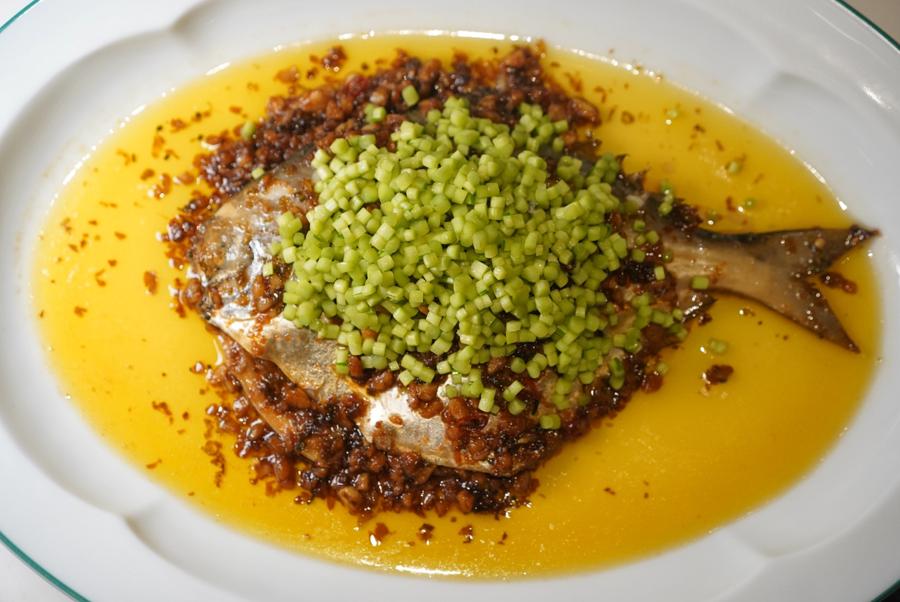
Song 颂
These seasoned chefs leading this movement aren't trying to reinvent or alter what Chinese food culture is, at its core; instead, they are serving up a plate of nostalgia – the flavors they grew up with – in a way that resonates with the modern Hangzhou diner.
The Antithesis to Conventional Chinese Dining
A restaurant that has remained on the Michelin list since Hangzhou’s inaugural guide, Jin Sha elevates traditional Zhejiang cuisine with an emphasis on seasonality to the nth degree. Following the ethos of the 24 Solar Terms (节气) (a calendar divided into 24 periods used to mark the changes in microseasons, climate, and phenology that’s commonly associated with Traditional Chinese Medicine) the dishes embody sustainability, to the very essence of its meaning.

Jin Sha'
“Every year I travel to a different place to be inspired – by the streets, restaurants of all stature, books, and conversations,” shares Executive Chef Wang Yong. And that inspiration finds its way to the dining table with menu items like seasonal Lake Fish & Clam Meatballs swimming in Cantonese-style double-boiled chicken broth. The addition of Nanjing-sourced chrysanthemum indicum (菊花脑), with its tender tips harvested only from late spring through early summer, imparts a peppery, sweet, and herbaceous finish that highlights this perennial green.
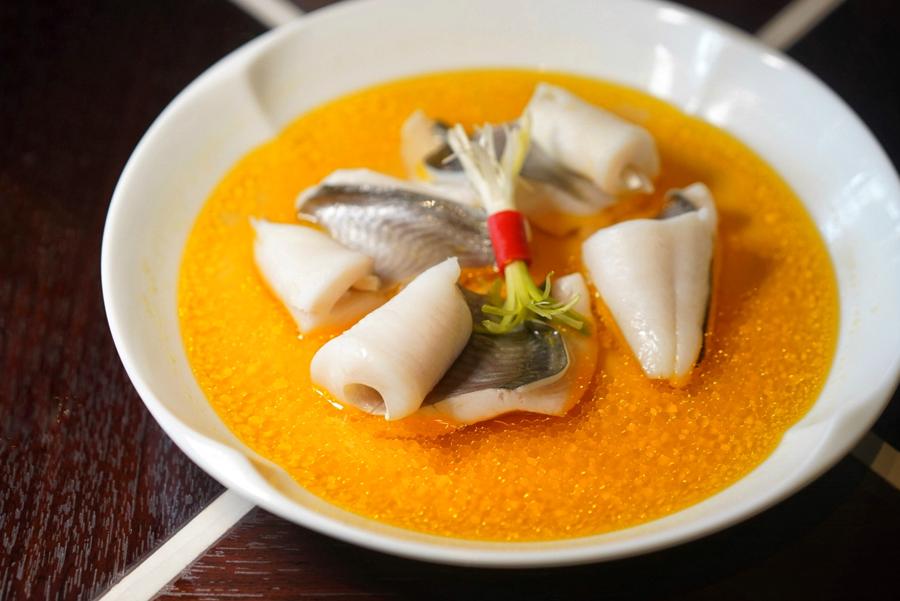
Jin Sha'
Similarly, Ru Yuan is an amalgamation of ingredients, recipes, and memories gathered by founder and Executive Chef Fu Yueliang throughout his extensive China and global travels, celebrating the tastes of his childhood while also reworking lesser-known flavors into a fine dining setting. His Pagoda Braised Pork Belly is a prime example, one that’s hardly changed since its debut in 2004.
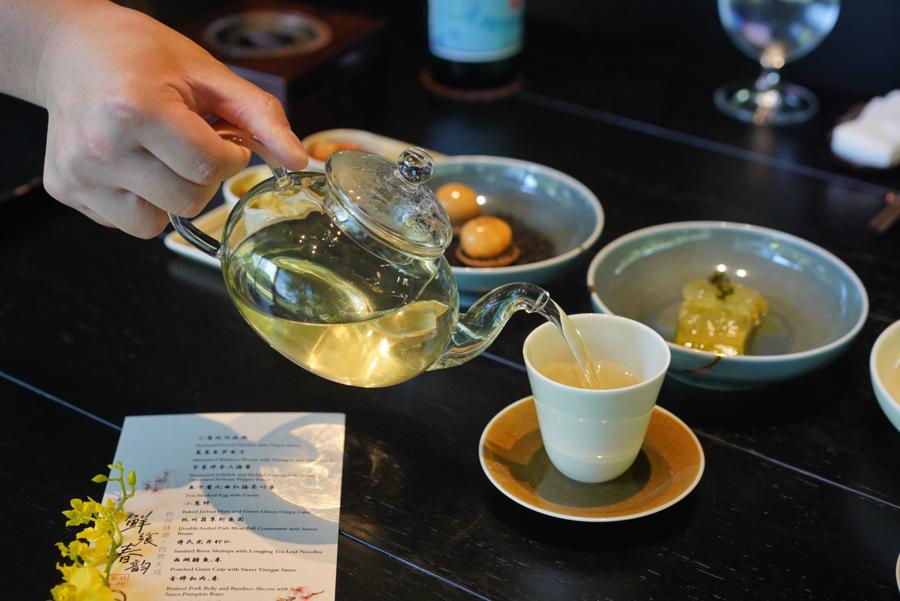
Ru Yuan
Slick with homemade Cantonese XO sauce, the plate pays homage to Sichuan roots that trace back to the 1970s. Yet Chef Fu's method of presentation and the use of seasonal produce lend a fresh perspective – chestnuts in autumn, gingko nuts and arrowroot in winter, smoked bamboo shoots in spring, and pickled orchids with white bamboo in summer. “Our primary intention is to inherit and reshape the classics," says Chef Fu, as he delicately presses 2mm-thick strips of pork belly inside a still steaming, dimpled pumpkin mantou bun.
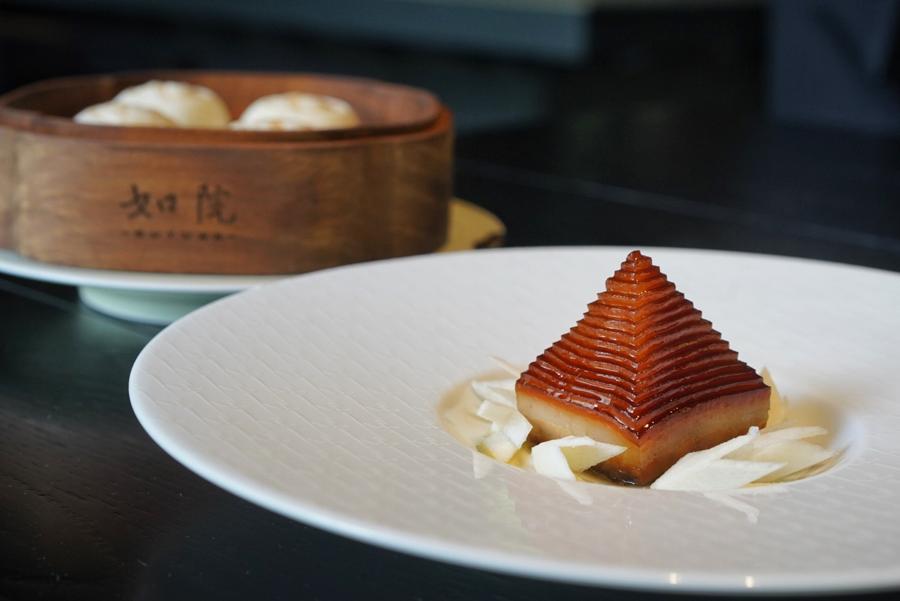
Ru Yuan
Wild Yeast is another Michelin-starred restaurant that focuses on reimagining Chinese gastronomy, particularly spotlighting Taizhou cuisine. As a classically-trained French chef (at Le Cordon Bleu in Paris and an understudy to R&D Chef Johnston Teo (of Shanghai’s Michelin Guide restaurant The Pine), Lin Zihan has developed his own “Tai-French” culinary philosophy, allowing diners to simultaneously indulge in both the familiar and peculiar in ingenious form.
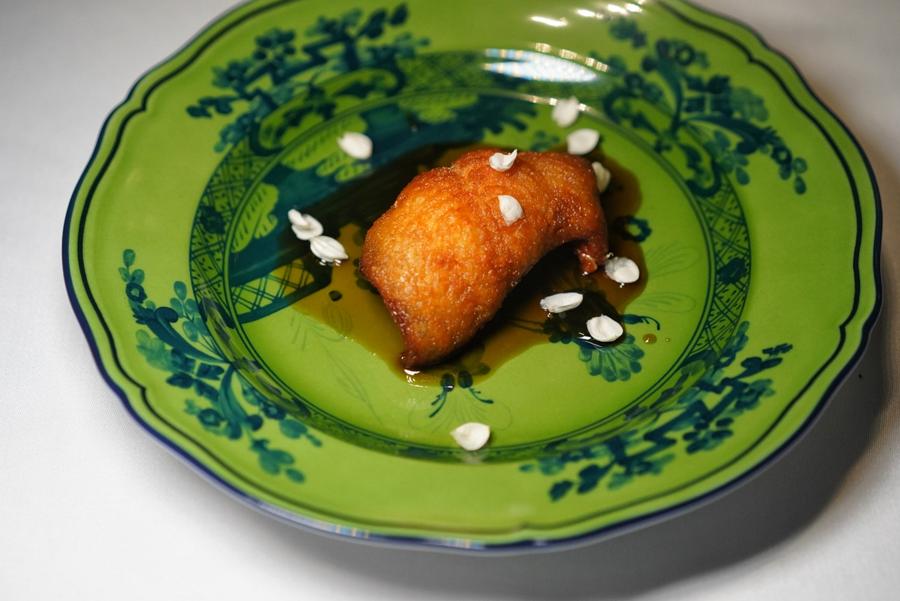
Wild Yeast

Wild Yeast
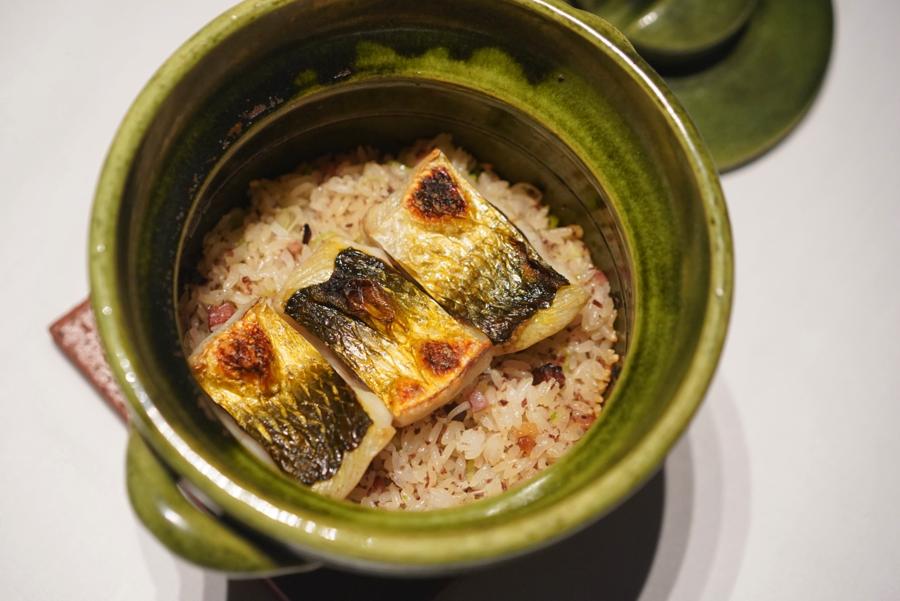
Wild Yeast
From Comte and Parmesan cheese-dusted Mixed Claypot Rice with dry-aged mullet and cured Wagyu beef cubes to USDA Prime Ribs marinated in Spanish sherry and a proprietary Chinese spice blend, dribbled with Japanese yuzu pepper sauce and flanked by a quenelle of Sichuan grilled chili chutney, Chef Lin’s unfettered cooking style pairs geographically disparate Chinese cuisines, augmenting them further through a mix of time-honored Chinese and Western preparations.
A sanctuary to all things Zhejiang comfort food, with an emphasis on Ningbo legacy recipes, the newest one star Michelin restaurant in Hangzhou – Song 颂 – invites guests to dive deeper into an underrated Jiangnan micro-cuisine. Under the guidance of Executive Chef Neal Zeng, who worked with the renowned Chef Wang of Hangzhou’s acclaimed Jin Sha for more than a decade, Song features the freshest seafood sourced from local waters to ensure each course is reflective of the region’s culinary landscape.
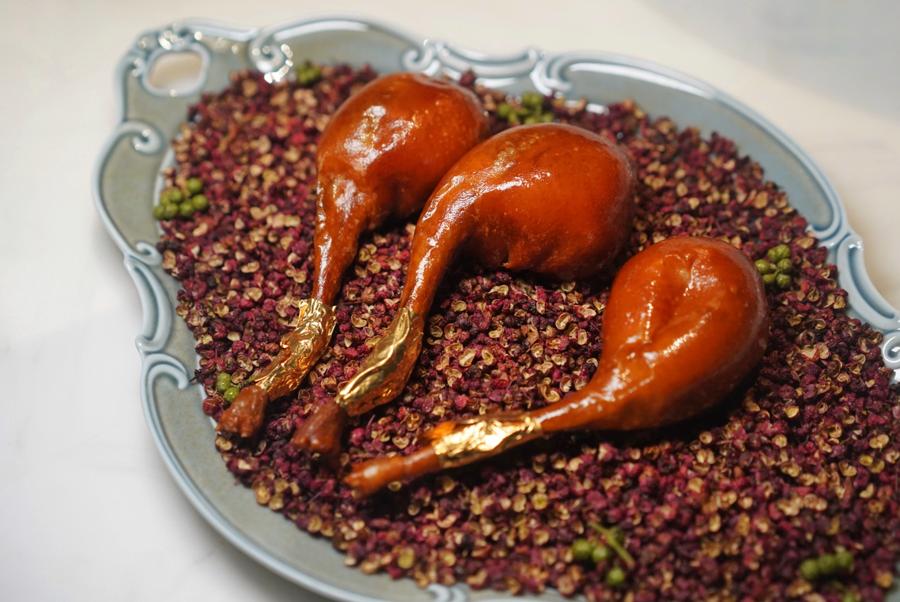
Song 颂
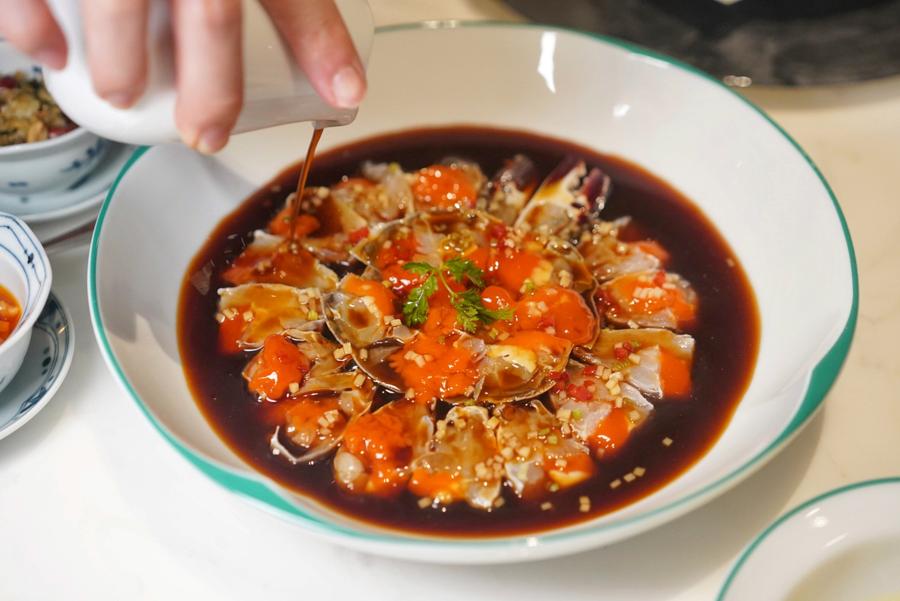
Song 颂
The restaurant’s signature Crispy Pigeon Leg, a staple protein in Zhejiang cuisine, is laced with a citrusy nip of heat owed to Sichuan peppercorns, paired with effervescent natural wine from Ningxia (to mimic the same palate cleansing effect of a frothy mug of Tsingtao). This cross-pollination of culinary styles results in a union that is separate from a Chengdu curbside street snack, but somehow still very much a part of it.
Tucked away in the stunning natural landscapes of south Hangzhou, Sense offers an eclectic menu under Chef Jay Zhao Yong, who takes a nuanced experimental approach, resulting in an enticing mishmash of cuisines that is not defined by one particular technique. These are dishes that diners eat with their eyes as much as their mouths, with emphasis placed on visual aesthetic that transcends the ordinary.
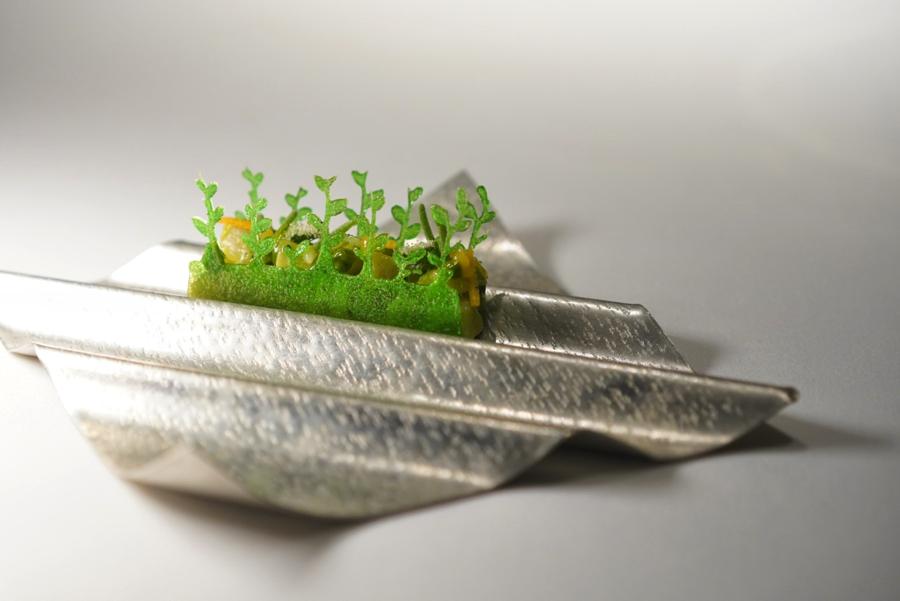
Sense
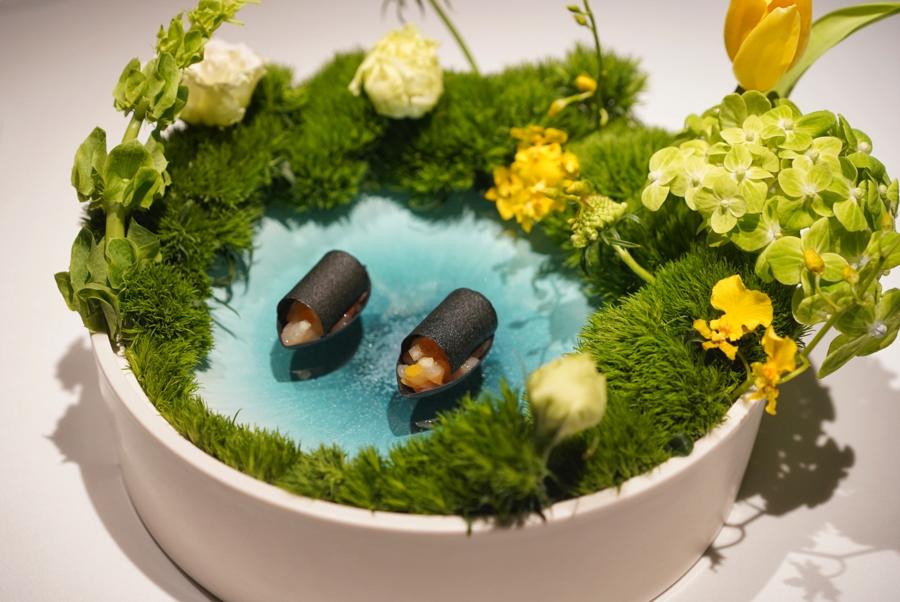
Sense
Chef Jay’s cooking ethos is influenced by his extensive travels and Michelin restaurant work, where he honed his craft and developed an understanding of transnational culinary cultures. His roster of dishes boasts over 300 diverse ingredients across more than 15 courses, reflecting the spirit of southeast China. Take, for example, the Jiangnan Wu Peng Boat, with aged Shaoxing wine-infused shrimp nestled in a pickled radish “boat,” evoking imagery of historical Jiangnan-style wooden boats that float on the city’s famed West Lake – an elevated rendition of the everyday ”drunken shrimp” from which this course owes its humble beginnings.
Evolving Culinary Identity
Positioning themselves as modern-day food rebels without a cause, chefs like Wang Yong, Fu Yueliang, Lin Zihan, Neal Zeng, and Jay Zhao Yong are leading the culinary charge, demonstrating that it is possible to honor the past while embracing the future. Their work paves the way for a new understanding of Chinese cuisine, one that is both respectful of its roots and open to the possibilities of exploration.

Sense
This culinary evolution reflects a broader trend within China, where chefs across the nation are embracing their cultural heritage while also looking outward. By blending provincial flavors with worldly epicurean approaches, they are crafting a new identity for Chinese cuisine that is at once familiar and forward-thinking.
This article was originally published on the Michelin website here.

My name is Sophie Steiner, and welcome to my food-focused travel blog. This is a place to discover where and what to eat, drink, and do in Shanghai, Asia, and beyond. As an American based in Shanghai since 2015 as a food, beverage, travel, and lifestyle writer, I bring you the latest news on all things food and travel.
Your email address will not be published.
Be the first to comment!